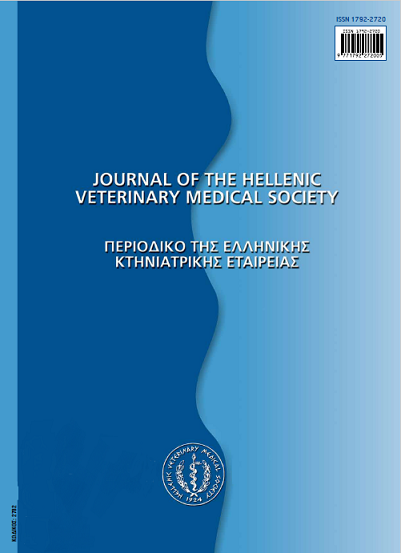Human influenza pandemics: Myth and reality
Abstract
This paper attempts to shed light in certain questions and false beliefs about seasonal, avian and pandemic influenza, mainly focusing on issues surrounding pandemic influenza. Important similarities and differences exist between seasonal, avian and pandemic influenza. Historical lessons from old pandemics help in recognizing their significant social, economical and political impact and guide the current preparedness for a future human pandemic. Currendy circulating strains, such as the avian influenza H5N1 strain constitute a danger to public health and have significant pandemic potential. Regarding clinical characteristics it appears that disease associated with a pandemic will have a high case fatality rate especially in vulnerable populations. Furthermore, the need for confirmatory diagnostic testing will likely diminish as a pandemic progresses. With regards to management stockpiling one antiviral agent will probably not be enough. No uniform scientific conclusion about the success of a prepandemic H5N1 vaccine has been reached yet. Complete pandemic plans that address subtle issues surrounding stockpiling antivirals and prepandemic vaccines as well as non-pharmaceutical measures need to be ready and to be tested in practice in order to identify problems with implementation and gaps in preparedness.
Article Details
- Zitationsvorschlag
-
TSIODRAS, S. (2017). Human influenza pandemics: Myth and reality. Journal of the Hellenic Veterinary Medical Society, 58(3), 203–207. https://doi.org/10.12681/jhvms.14985
- Ausgabe
- Bd. 58 Nr. 3 (2007)
- Rubrik
- Short Communication
Authors who publish with this journal agree to the following terms:
· Authors retain copyright and grant the journal right of first publication with the work simultaneously licensed under a Creative Commons Attribution Non-Commercial License that allows others to share the work with an acknowledgement of the work's authorship and initial publication in this journal.
· Authors are able to enter into separate, additional contractual arrangements for the non-exclusive distribution of the journal's published version of the work (e.g. post it to an institutional repository or publish it in a book), with an acknowledgement of its initial publication in this journal.
· Authors are permitted and encouraged to post their work online (preferably in institutional repositories or on their website) prior to and during the submission process, as it can lead to productive exchanges, as well as earlier and greater citation of published work.



